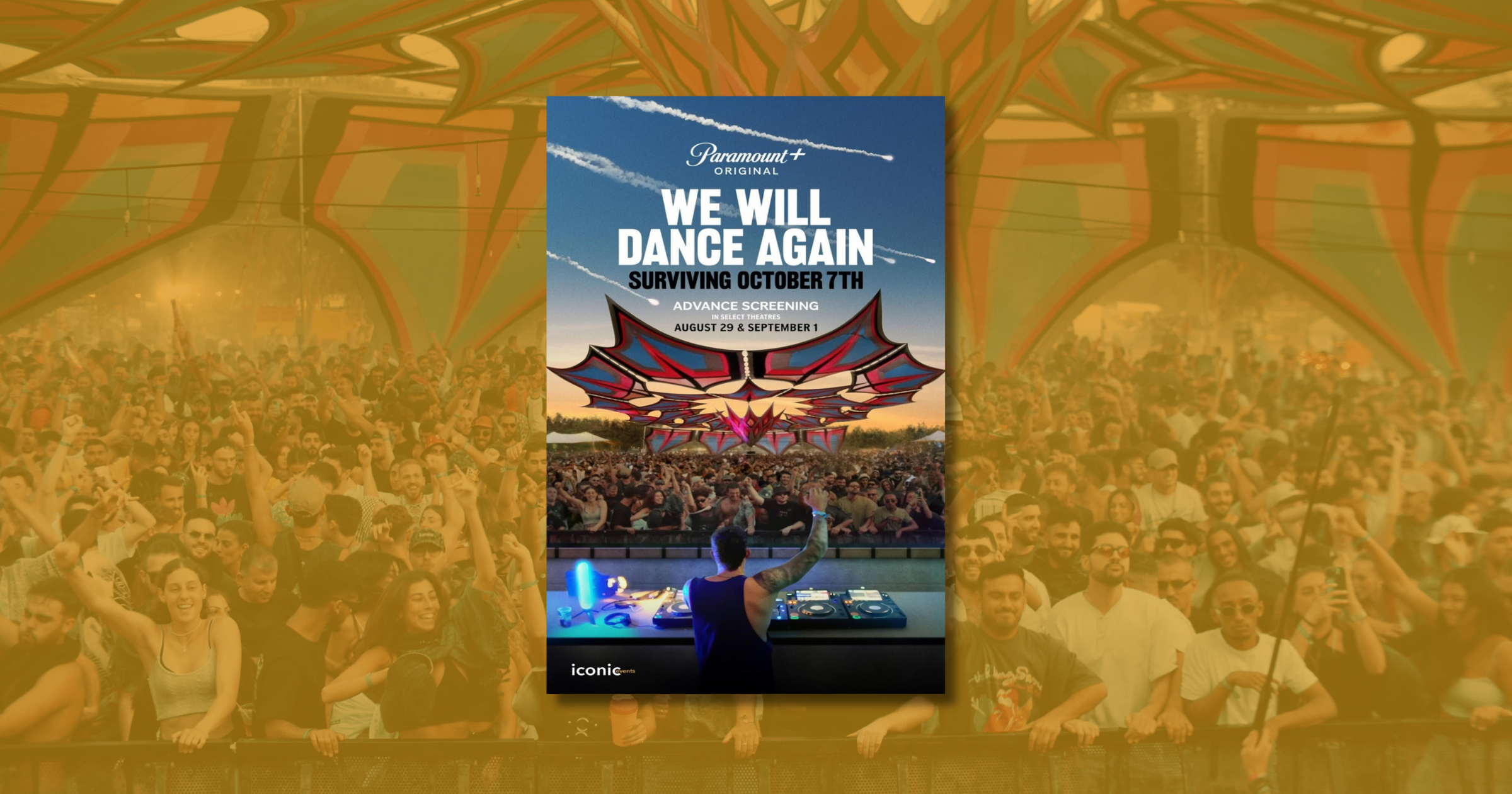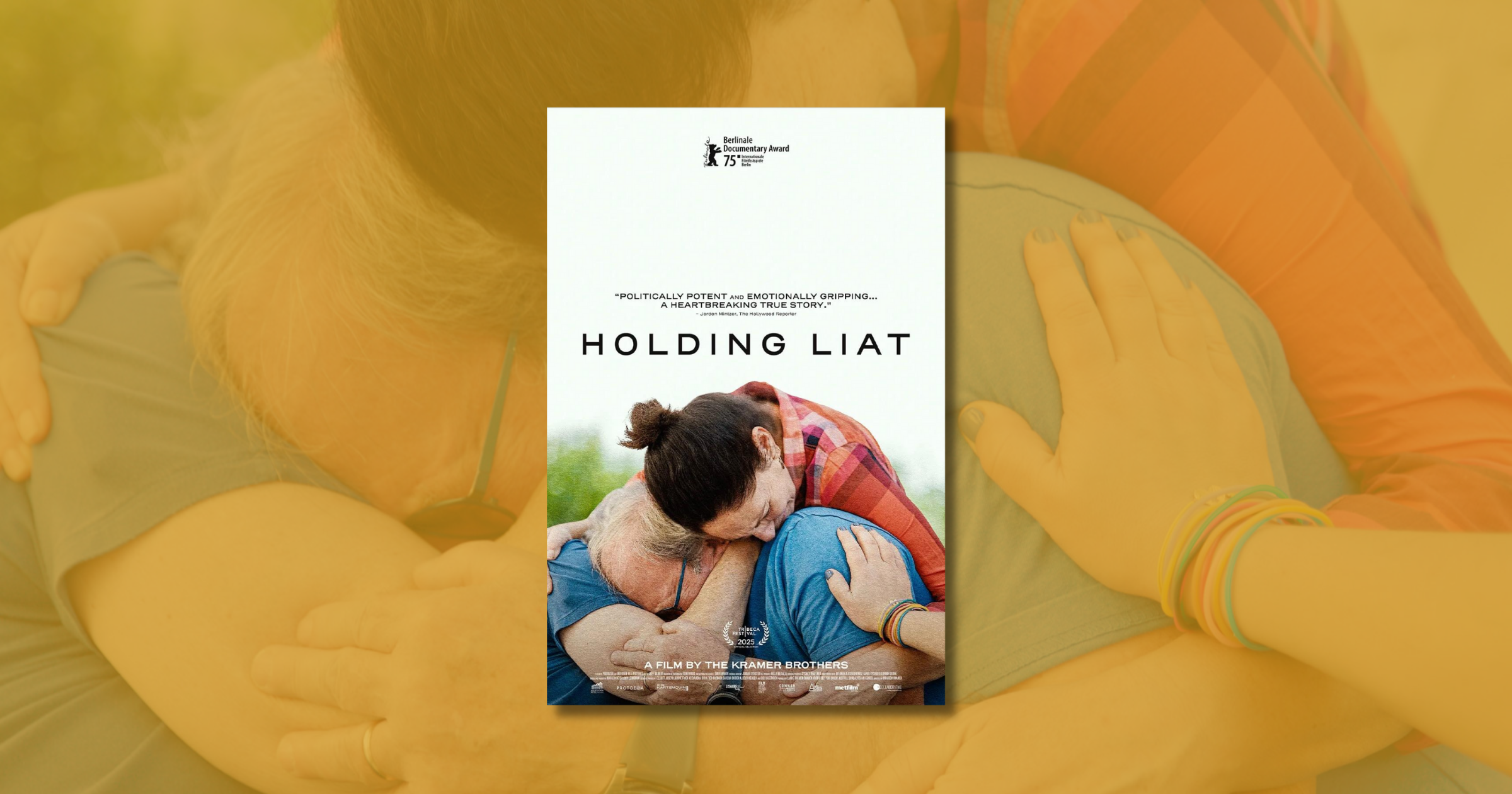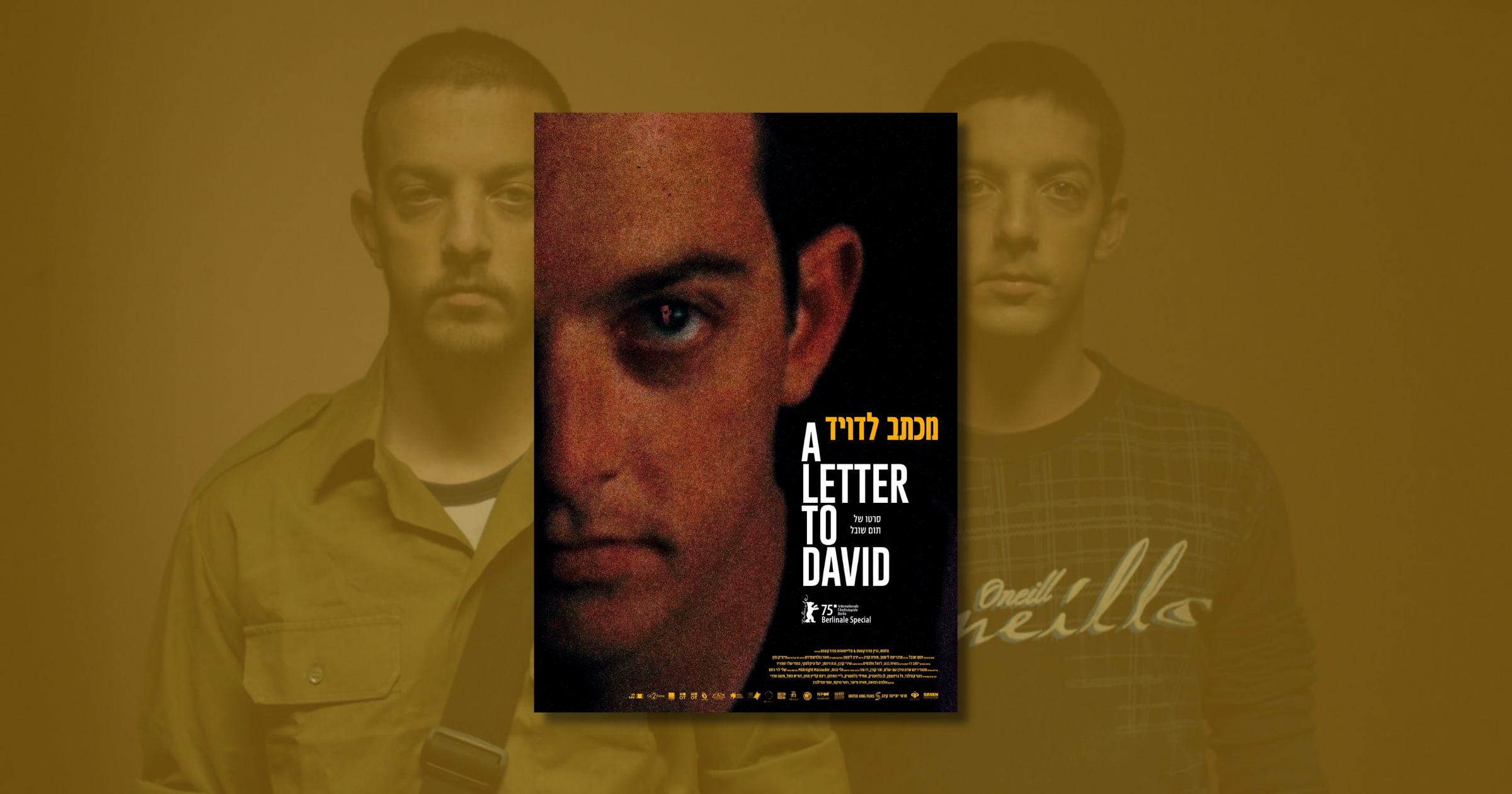Arts
Film
October 7 Films Spotlight Terror and Resilience

The first sound in the documentary The Children of October 7 is that of a baby laughing. It’s set against a dark screen, which gives way to multiple split screens of kids at play. Israeli director Asaf Becker makes effective use of this technique in his film about children who survived the Hamas massacre, giving a multidimensional focus to their horrifying stories and evoking the panels of a graphic novel.
The documentary is one of more than a dozen created over the past two years about October 7, 2023, and its aftermath. Among the releases are four films that highlight the massacre’s intensity and heartbreak as well as the stories of victims and their families and friends still struggling to make sense of what happened.
The Children of October 7, available on Paramount+, follows American dancer, singer, TikToker and activist Montana Tucker as she speaks with eight Israeli children. In interviews, Tucker has called the film one of her most important projects ever: “As the granddaughter of Holocaust survivors, hearing these children share the horrors they endured—losing their families, their homes and their innocence in a single morning—felt hauntingly familiar,” she said in a press release for the film.
Some of the children escaped; others were taken hostage or orphaned. All were traumatized. Among the stories in the film is that of Rotem, who, at 16, survived by hiding under his dead mother’s body.
And yet, there is hope. When he was 12, Eitan was taken to Gaza on a motorcycle. Upon his release after 52 days in captivity, he now rides them for fun.
We Will Dance Again also opens with scenes of joy—in this case, 20-somethings dancing at the Nova music festival.
Written and directed by Yariv Mozer, the film uses eyewitness accounts, cellphone footage and emergency calls of over a dozen people who survived that day. Among them are Elinor, who hid in a freezer, and Elad and some of his friends, who escaped by car and drove to an army base, which Elad said he assumed was “the safest place in the world”—only to discover that Hamas terrorists had already infiltrated the base and were roaming freely.
Much of the footage was taken by the terrorists themselves. One of them says with glee, “It’ll be 20 million years before they understand what happened.”
In June, the film, available on several streaming services, including Amazon, won Outstanding Current Affairs Documentary at the 46th Annual News and Documentary Emmy Awards.
“Winning the Emmy was deeply meaningful,” Mozer said via email, “not just as recognition of the film itself, but as a tribute to the resilience of the survivors, the memory of those we lost and the spirit of an entire community determined to reclaim life through music, memory and healing.”
Holding Liat centers on one hostage family, the Beinin-Atzilis, as they cope with the kidnapping of Liat, a dual American Israeli citizen who was held for 54 days before being released, and her husband, Aviv, whose body was recovered in Gaza in June. Viewers watch as Liat’s father, Yehuda Beinin, travels to America with his grandson, one of Liat and Aviv’s children. There, they join Liat’s sister and families of other hostages to meet with politicians and sit for countless interviews in efforts to secure the release of their loved ones.
Filmed both before and after Liat’s return, the documentary includes many scenes of people watching screens—televisions, computers or phones. Scenes of the family following the news help establish the timeline, and also convey their helplessness as they do little but watch and wait. They also offer Yehuda frequent opportunities to yell and curse at a screen.
His anger toward Israeli Prime Minister Benjamin Netanyahu, whom he blames for the Hamas attacks and for the ongoing hostage crisis, is palpable, as is his advocacy for a Palestinian state. His outbursts appear to be coping mechanisms, indicative of his struggle to reconcile his political views and his feelings about what happened to his daughter. They also seem to reflect a desire to honor Liat, who shares his left-wing perspectives. Other family members, however, find them off-putting and urge him to keep the focus on the hostages.
Ultimately, the film—directed and produced, respectively, by Brendan and Lance Kramer, who are distantly related to Yehuda Beinin—shares the same struggle in balancing its message as its protagonists: It is almost as difficult to tell these stories as it is for the people living them.
A Letter to David, produced by Nancy Spielberg (read a Q&A here) and currently touring film festivals, strikes a heartbreaking balance between the intertwining strands of its story. Directed and narrated by Tom Shoval, it focuses on David Cunio who, like Liat, was kidnapped from Kibbutz Nir Oz and taken to Gaza, where he still remained with his younger brother, Ariel, in mid-August. In 2012, Cunio starred in Shoval’s first feature film, Youth, about twin brothers involved in a kidnapping scheme. In a tragic irony, David and his real-life twin, Eitan, who survived October 7, played the brothers/kidnappers.
After David was taken, Shoval found a box of tapes filmed and narrated by David that chronicled the brothers’ lives on the kibbutz. In one scene, David points to Gaza, across the field, and says, “Look how close we are.” Shoval’s voiceover in A Letter to David then echoes—“You’re two kilometers from here, but light years away.”
Shoval masterfully interweaves present-day interviews with Eitan and other members of his family with scenes from Youth, including the film’s ending—a fraught and teary reunion between brothers. We can only pray life again imitates art.
Avi Dresner is a journalist, documentarian and screenwriter. He lives in the Berkshires with his family.













 Facebook
Facebook Instagram
Instagram Twitter
Twitter
Leave a Reply